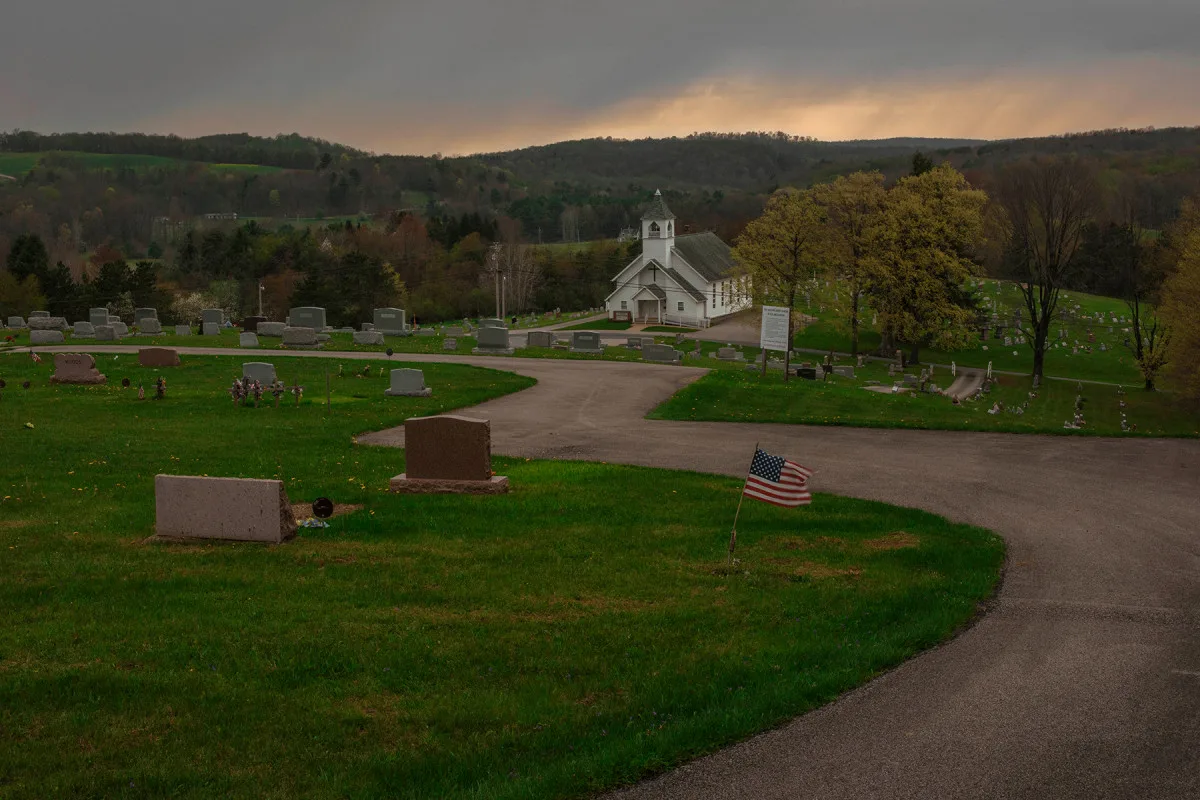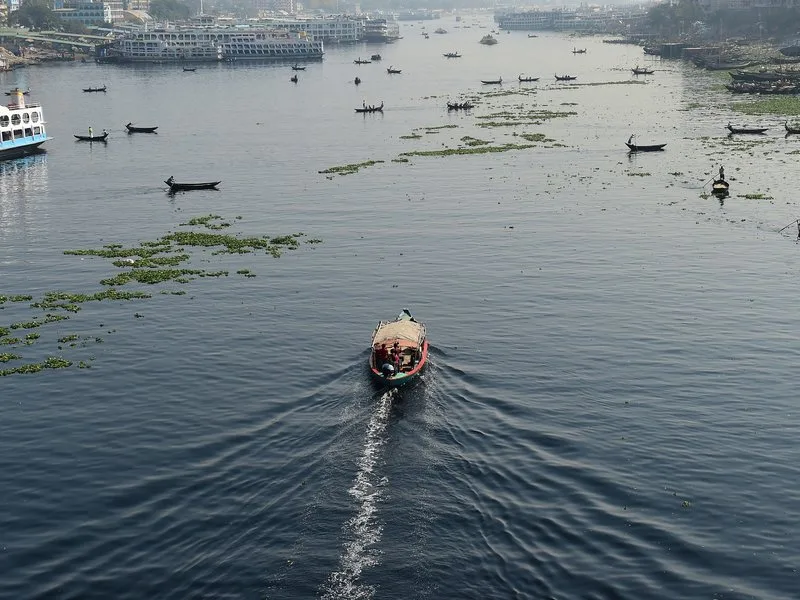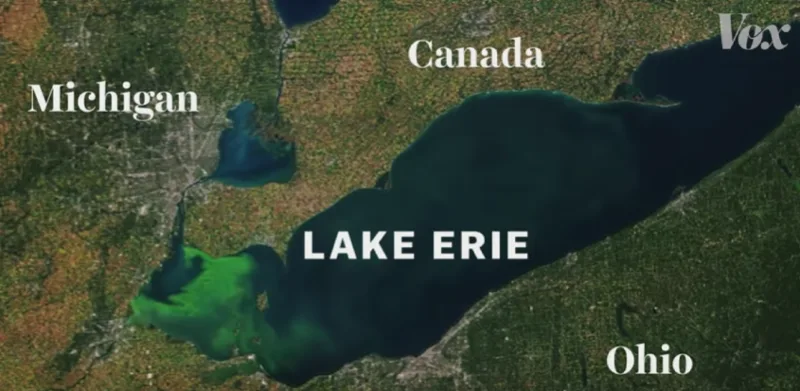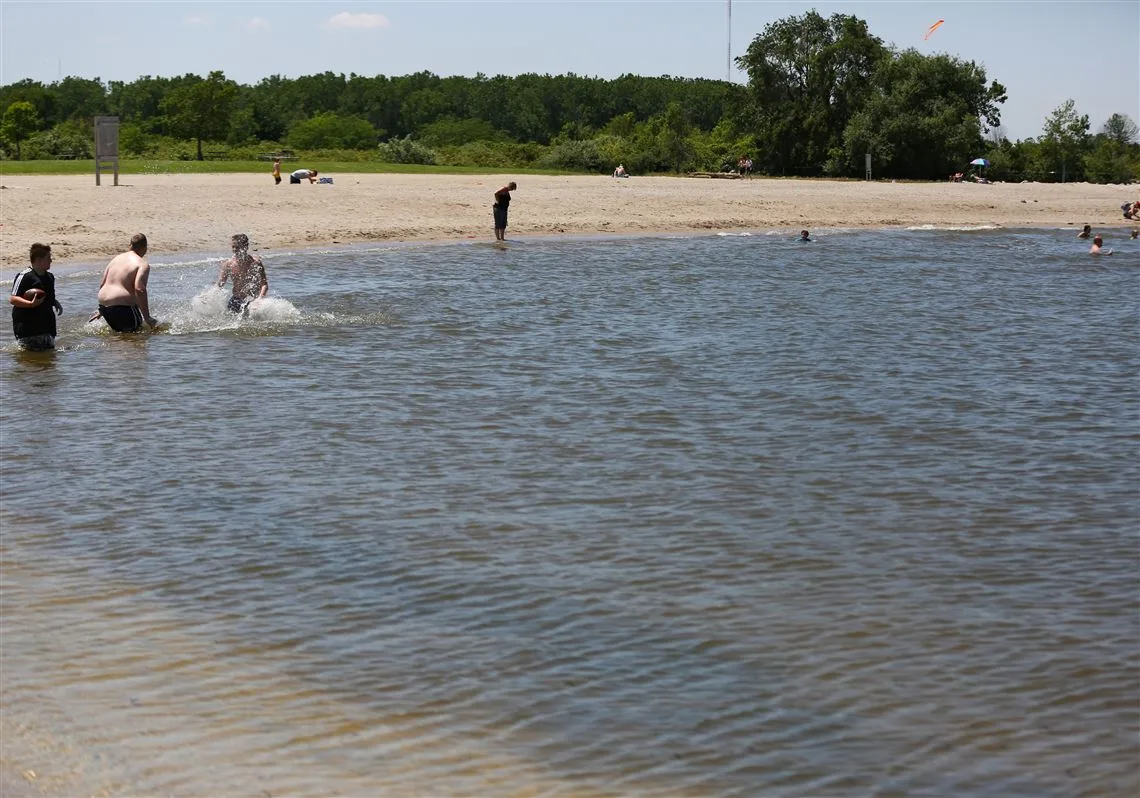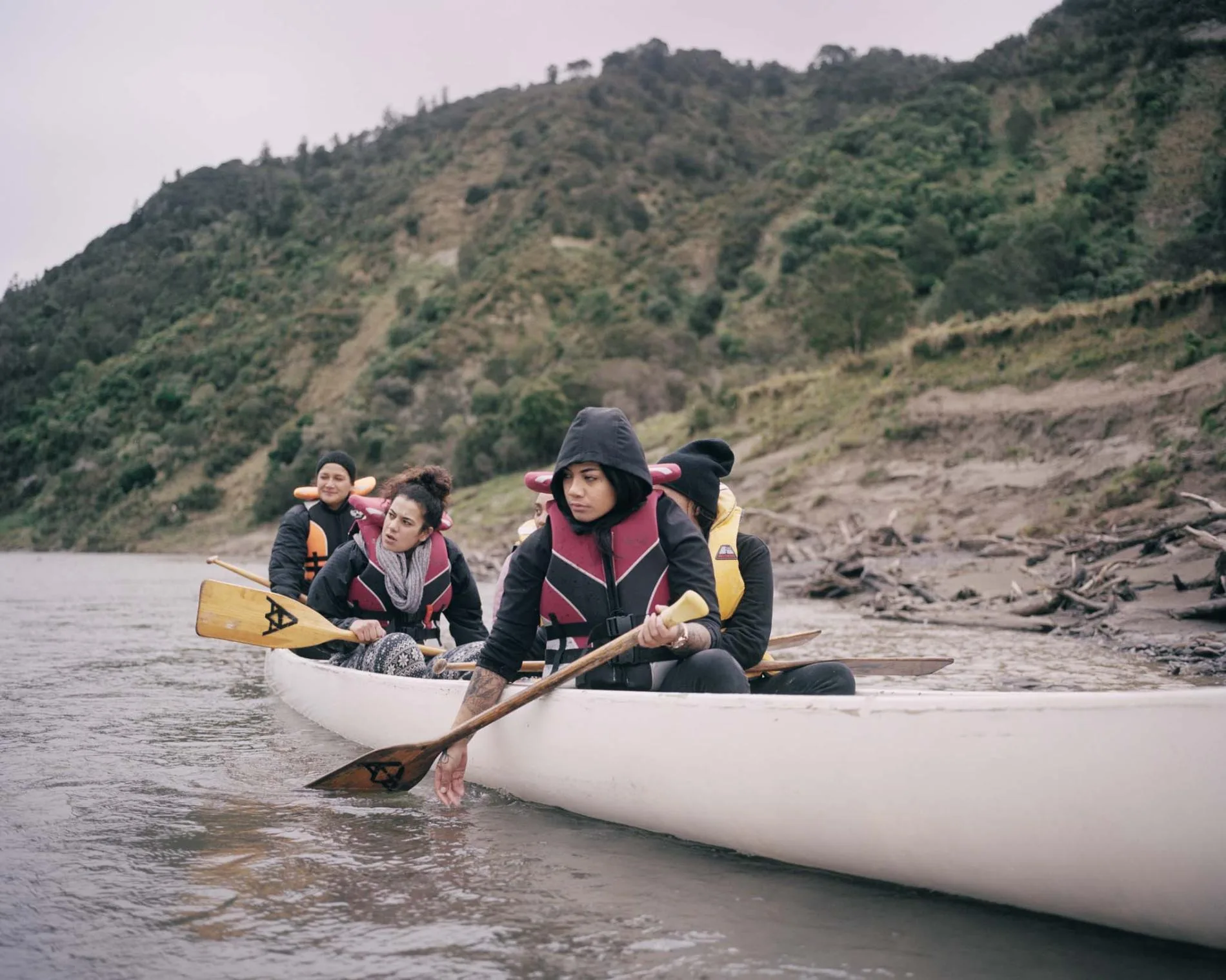For Immediate Release
Contact:
Lindsey Schromen-Wawrin
CELDF, Attorney
Lindsey@shearwaterlaw.com
(360) 406-4321
Gillian Davies
Universal Declaration of the Rights of Wetlands, Co-Convener
Society of Wetland Scientists Professional Certification Program, President-Elect
gdavies@bscgroup.com
A growing list of groups have signed onto a declaration for the rights of wetlands, spearheaded by an international group of wetlands scientists
In December, the Community Environmental Legal Defense Fund (CELDF) officially endorsed a proposal for a Universal Declaration of the Rights of Wetlands, organized by lawyers and scientists with the Society of Wetland Scientists’ Rights of Wetlands and Climate Change and Wetlands initiatives. The group is planning to share the Declaration with the 171 signatory countries of the Convention on Wetlands (Ramsar Convention), and inviting them to work with others to move toward a framework that ensures the rights of wetlands are understood, respected and upheld, including through contributing knowledge and guidance on designated Ramsar Wetlands of International Importance. “CELDF is excited to endorse the efforts as a step toward recognizing and enforcing the rights of wetlands,” we wrote in December.
“The ongoing destabilization of the global climate and rapid loss of biodiversity impress upon us the urgency for shifting the human–Nature relationship to one of greater reciprocity and respect for Nature,” the authors of the Declaration write.
A growing number of groups are signing on in support, and in addition to CELDF and the Society of Wetland Scientists, include Wildfowl & Wetlands Trust, Rights of Mother Earth, Rights of Nature Sweden, Wetlands International, Global Alliance for the Rights of Nature Europe, The Gaia Foundation, Earth Thrive, Funcaión Lagunas Costeras, Funcaión Montecito, Virginia Community Rights Network, Stichting Mission Lanka, Cobra Collective, National Community Rights Network, Earth Lore, Afrie, African Biodiversity Network, Grabe-Benin and Society for Alternative Learning & Transformation.
Una traducción al español del Declaración Universal de los Derechos de los Humedales: https://www.rightsofwetlands.org/sign-the-declaration-copy
As we collectively advance a paradigm shift in how ecosystems are treated by dominant systems of law, it will be critical to simultaneously develop interpretations of the rights of specific ecosystems, based upon local indigenous ecological knowledge, and the best available scientific research. This effort within the conventional scientific discipline to begin to apply science for the interpretation of ecosystem rights is exciting and needed.
“The Universal Declaration of the Rights of Wetlands and its proposed adoption by the Ramsar Convention on Wetlands is an important step forward for ecosystem protections,” says Lindsey Schromen-Wawrin, one of CELDF’s lawyers. “Existing environmental law has not reversed ongoing ecological destruction, even as it has sometimes been effective at protecting particular habitats. We must both fight with the tools we have, while also creating new tools to respond to interconnected ecological and humanitarian crises. We look forward to working alongside wetland scientists and the parties to the Ramsar Convention on Wetlands.”
To read the Declaration and sign on in support visit: https://www.rightsofwetlands.org/
CELDF’s initial endorsement announcement: https://devceldf.org/2020/12/celdf-endorses-universal-declaration-rights-of-wetlands/
About CELDF — Community Environmental Legal Defense Fund
The Community Environmental Legal Defense Fund (CELDF) is helping build a decolonial movement for Community Rights and the Rights of Nature to advance democratic, economic, social, and environmental rights – building upward from the grassroots to the state, federal, and international levels.
Photo by Luca Bravo on Unsplash
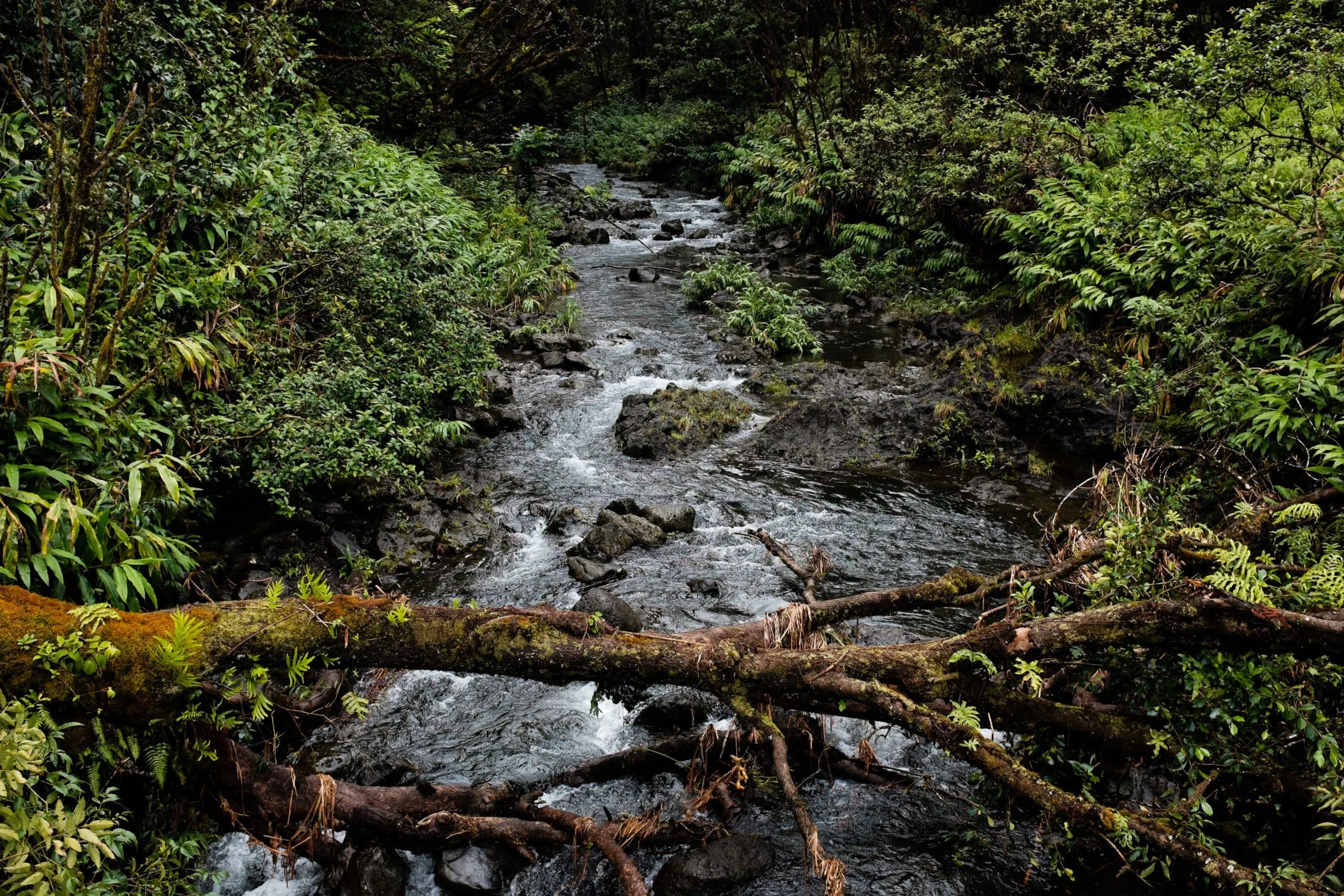
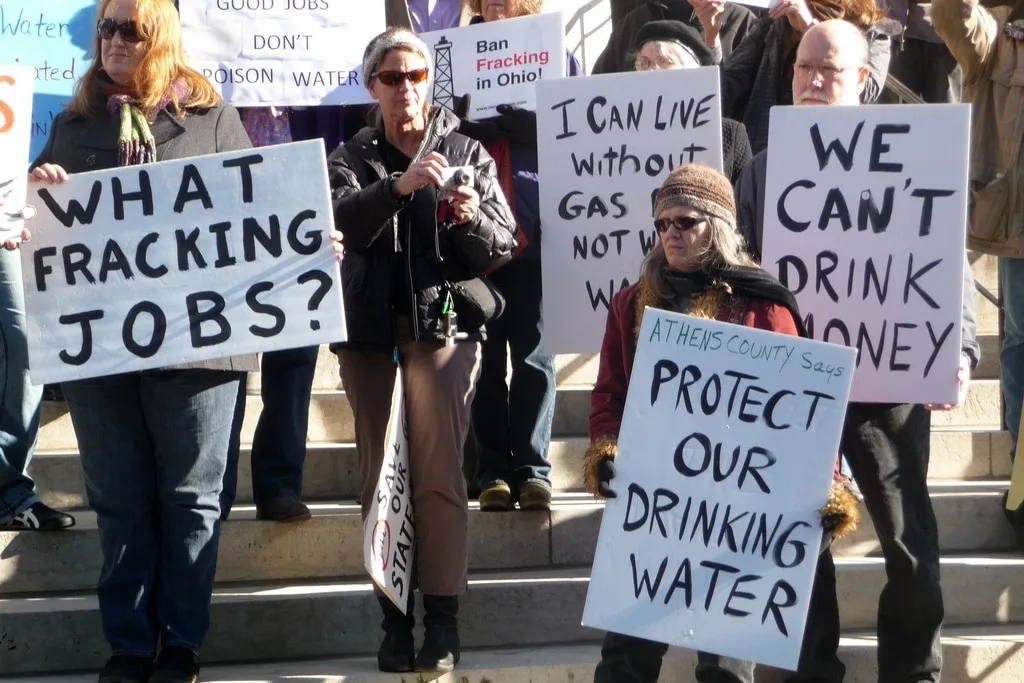
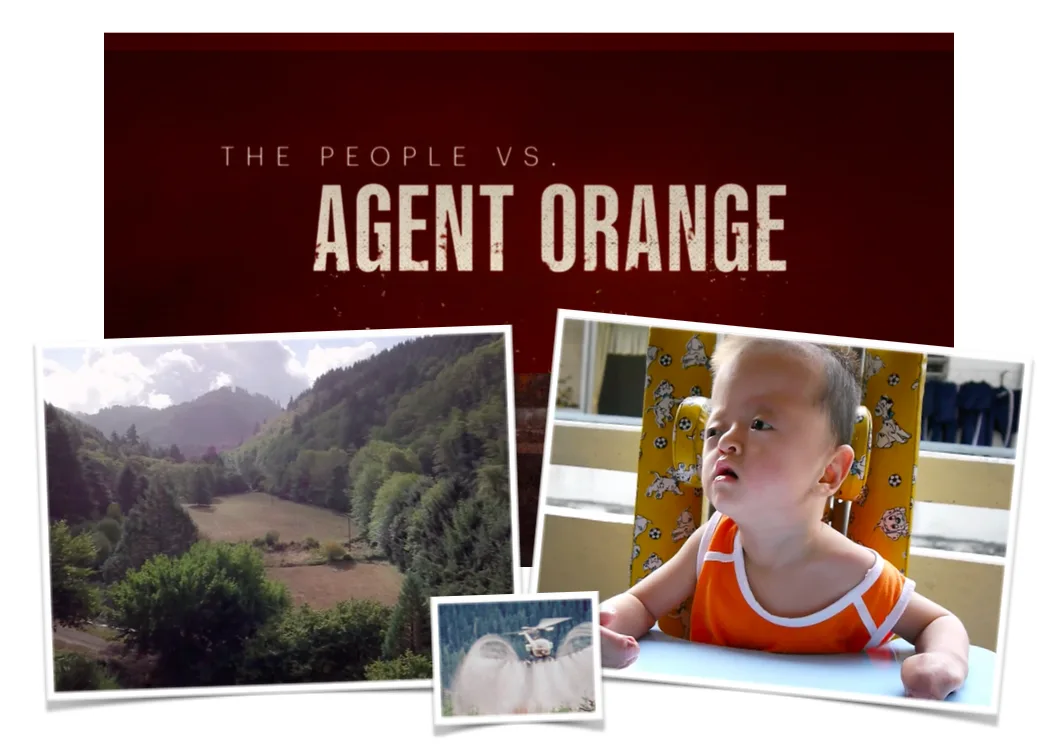
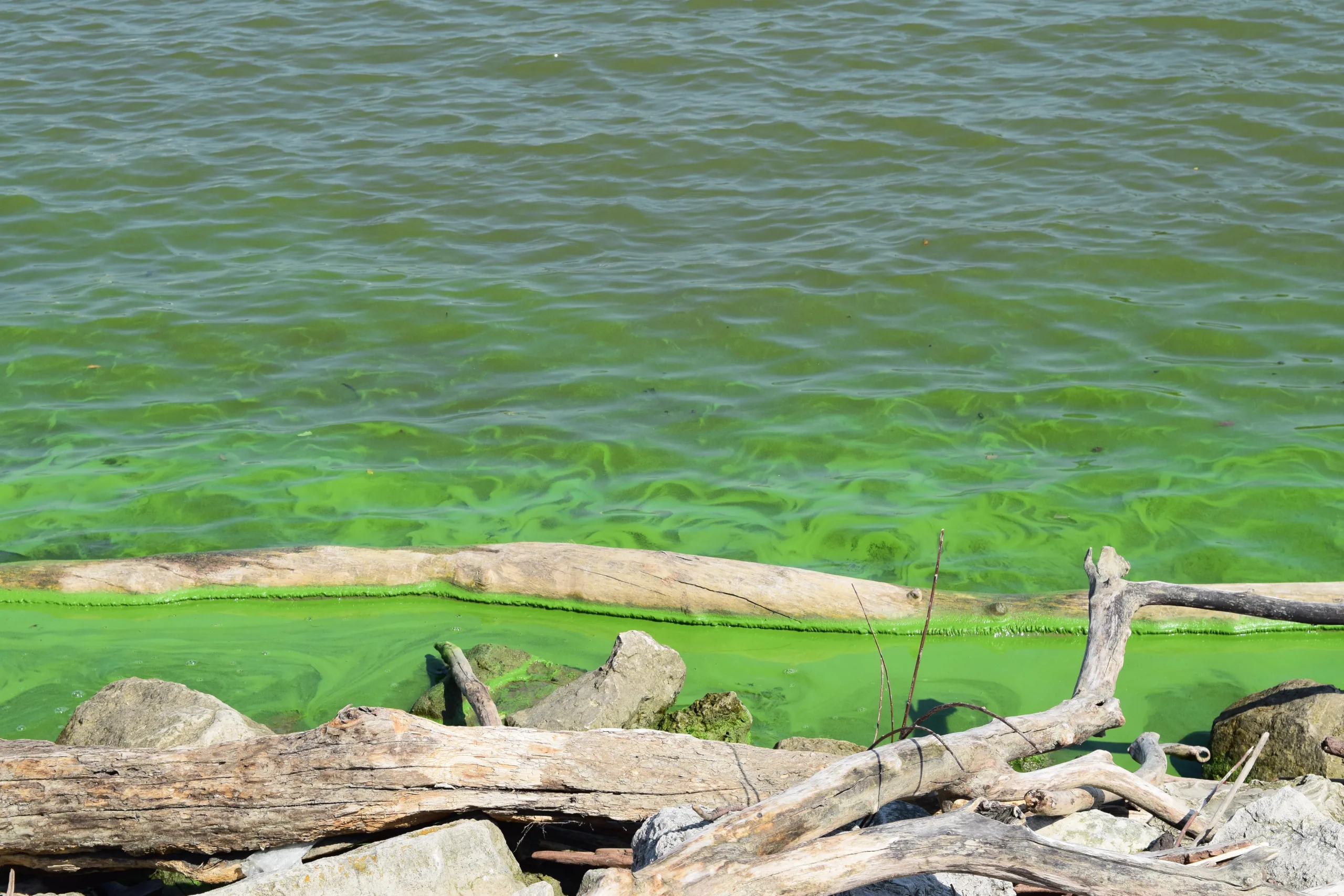
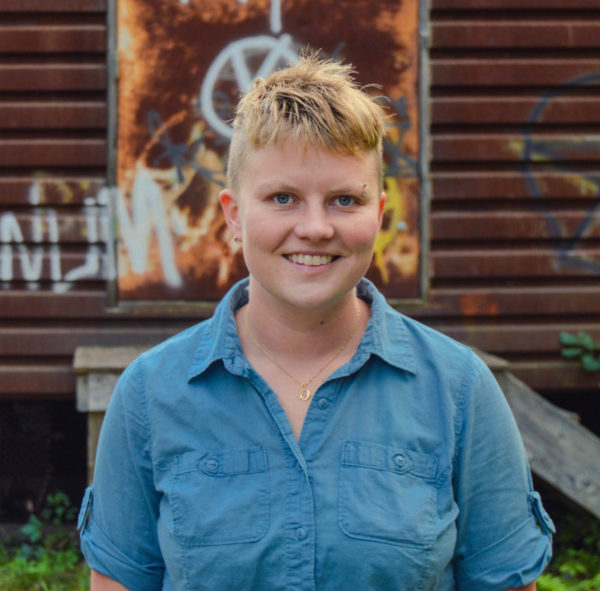
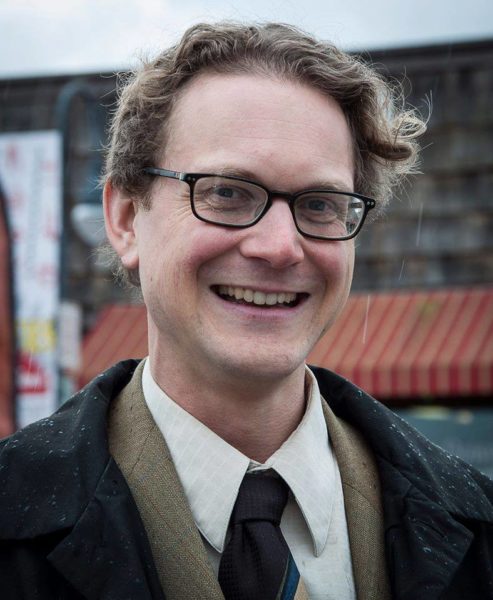 Lindsey Schromen-Wawrinis an attorney in Washington State, in Klallam Territory (nəxʷsƛ̕áy̕əm̕), where he also serves as a city councilmember. He has represented the Little Mahoning Watershed, Crystal Spring Ecosystem, and Lake Erie Ecosystem, and published on rights of nature in
Lindsey Schromen-Wawrinis an attorney in Washington State, in Klallam Territory (nəxʷsƛ̕áy̕əm̕), where he also serves as a city councilmember. He has represented the Little Mahoning Watershed, Crystal Spring Ecosystem, and Lake Erie Ecosystem, and published on rights of nature in  Will Falk is a biophilic writer and lawyer. He believes the intensifying destruction of the natural world is the most pressing issue confronting us today. His first book How Dams Fall describing his relationship with the Colorado River and his involvement in the first-ever federal lawsuit seeking rights for a major ecosystem was published by HomeBound Publications in 2019. He is currently traveling through the Ohio River basin writing a book tentatively titled, The Ohio River Speaks. You can follow his journey at
Will Falk is a biophilic writer and lawyer. He believes the intensifying destruction of the natural world is the most pressing issue confronting us today. His first book How Dams Fall describing his relationship with the Colorado River and his involvement in the first-ever federal lawsuit seeking rights for a major ecosystem was published by HomeBound Publications in 2019. He is currently traveling through the Ohio River basin writing a book tentatively titled, The Ohio River Speaks. You can follow his journey at 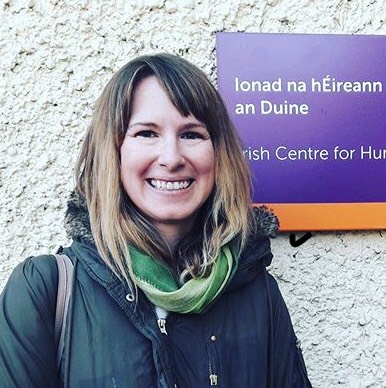 Karen Hoffmann
Karen Hoffmann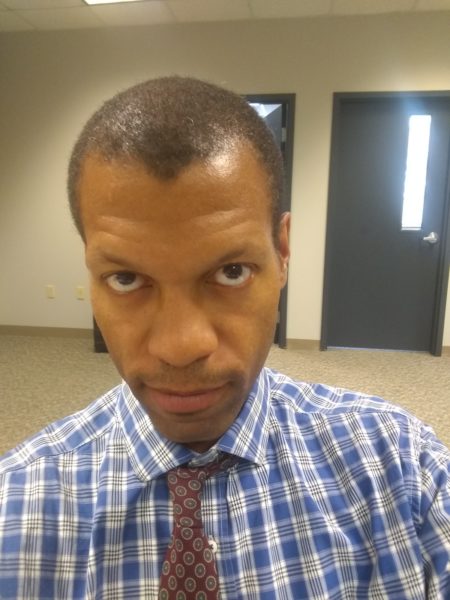
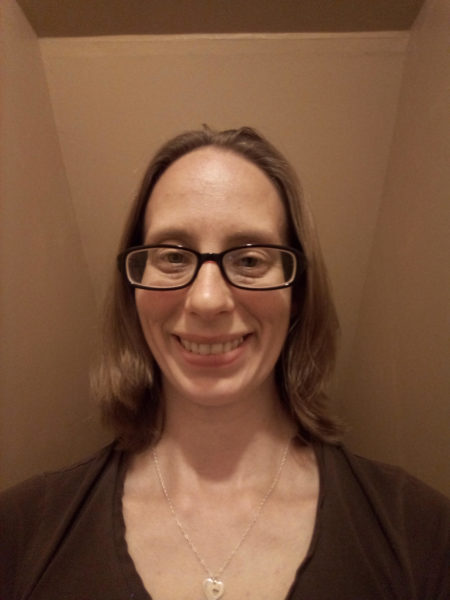
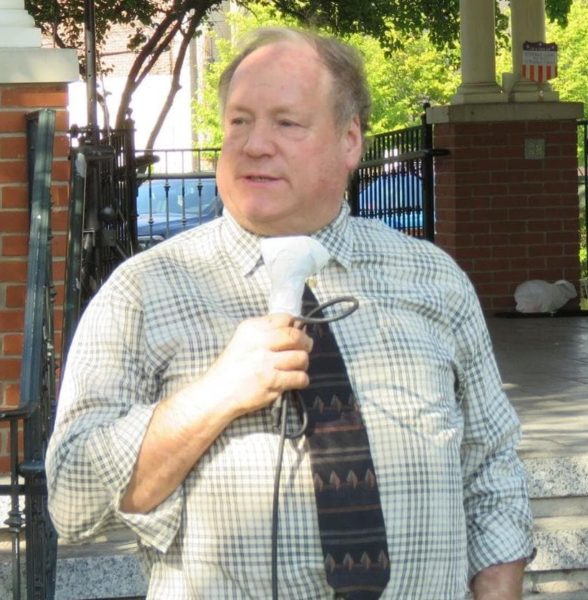
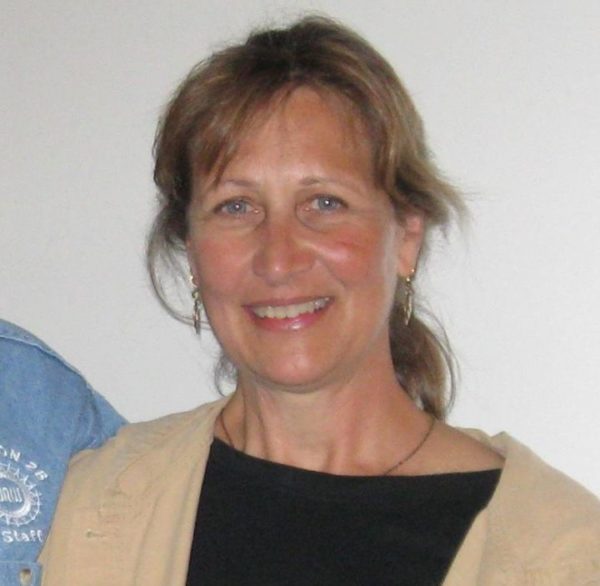 Sherry Fleming
Sherry Fleming 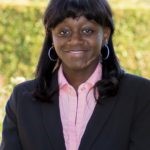 Alexis Smith
Alexis Smith  Alicia Smith manages the Great Lakes Network and guides Freshwater Future’s engagement in state and federal policy. In Alicia’s most recent position she served as the Executive Director of Youth Commission and Manager of Youth and Recreation for the City of Toledo. She is the founder of a Toledo, Ohio community organization, Junction Coalition, that started as an opportunity to help the community help themselves through partnering with others to address social, economic, and environmental issues and improve the community’s quality of life. Alicia’s doctoral studies at the University of Toledo focus on the educational development of youth of color within low socioeconomic and disenfranchised communities. She acquired a Bachelor of Arts in education and counseling, as well as a Master of Arts in criminal justice and juvenile law from the University of Toledo.
Alicia Smith manages the Great Lakes Network and guides Freshwater Future’s engagement in state and federal policy. In Alicia’s most recent position she served as the Executive Director of Youth Commission and Manager of Youth and Recreation for the City of Toledo. She is the founder of a Toledo, Ohio community organization, Junction Coalition, that started as an opportunity to help the community help themselves through partnering with others to address social, economic, and environmental issues and improve the community’s quality of life. Alicia’s doctoral studies at the University of Toledo focus on the educational development of youth of color within low socioeconomic and disenfranchised communities. She acquired a Bachelor of Arts in education and counseling, as well as a Master of Arts in criminal justice and juvenile law from the University of Toledo.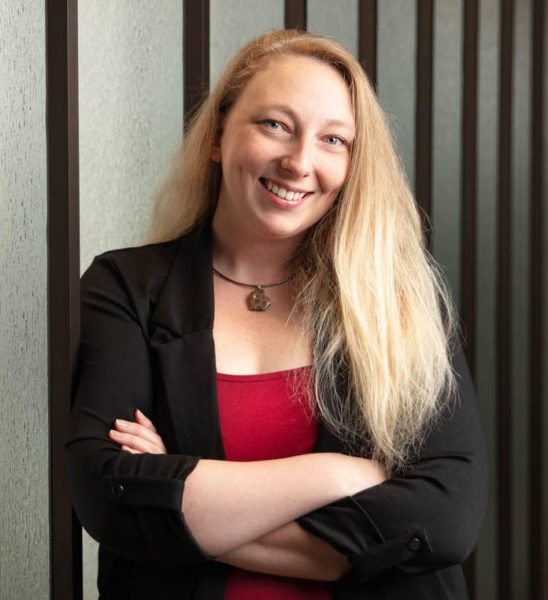 Markie Miller is a member of the CELDF communication team. In 2014, nearly 500,000 people in and around her community of Toledo, Ohio lost access to clean and safe drinking water for three days due to a toxic algal bloom in the Western Basin of Lake Erie. This crisis was the catalyst for her work and passion for the Rights of Nature and Community Rights Movements. She quickly became a lead organizer and spokesperson for
Markie Miller is a member of the CELDF communication team. In 2014, nearly 500,000 people in and around her community of Toledo, Ohio lost access to clean and safe drinking water for three days due to a toxic algal bloom in the Western Basin of Lake Erie. This crisis was the catalyst for her work and passion for the Rights of Nature and Community Rights Movements. She quickly became a lead organizer and spokesperson for 
